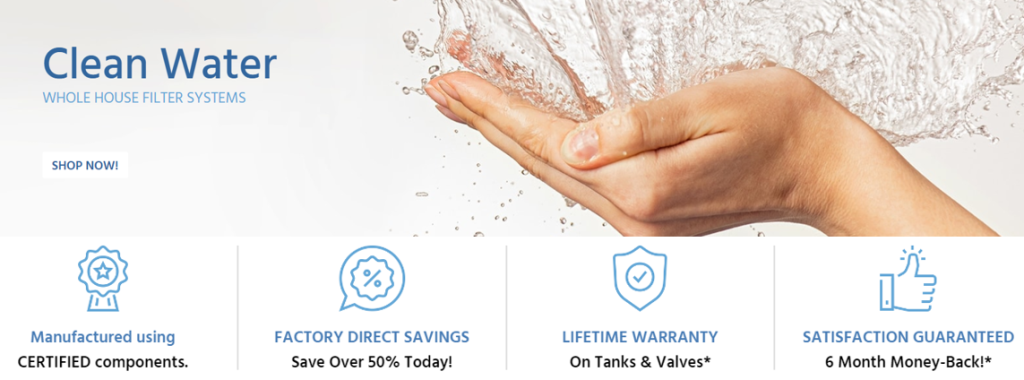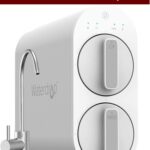The water softener backwash can be discharged to the sanitary sewer.
If you have a water softener, you know that it periodically goes through a regeneration cycle in order to clean the resin beads that remove hardness from your water. During this process, the water softener backwashes, or reverses the flow of water to flush out the dirty water. So, where do you discharge this water?
The first thing to note is that you should never discharge the water onto your lawn or into a storm sewer. The water from a water softener contains salt and other minerals that can be harmful to plants. Additionally, discharging this water into a storm sewer can contribute to pollution of our waterways.
So, where can you discharge water softener backwash? One option is to discharge it into your sanitary sewer. You can do this by connecting a hose from the water softener to your sewer clean-out. Another option is to discharge it into a dry well. A dry well is a pit that is filled with gravel or other materials that allow water to drain away.
If you are not sure what to do with your water softener backwash, check with your local municipality or water treatment plant. They may have specific requirements or suggestions for proper disposal.
Install a Home Water Filter & Get "Unlimited Safe Drinking Water" For Decades
Get Upto 55% Discount With a Lifetime Warranty & 6-Months Money Back Guarantee Free Shipping
SpringWell Water Filtration Systems: 100% American-Made & NSF Certified Water Filters and Water Softeners
Is It Okay To Discharge Water Softener Backwash Into A Septic System?

Yes, it is okay to discharge water softener backwash into a septic system, as long as the backwash is done properly and does not contains too much salt. The backwash from a water softener helps to remove deposits from the septic tank and can actually help to improve the overall performance of the system.
How Can I Discharge Water Softener Backwash If I Don’t Have A Septic System?
The water softener backwash can be discharged to a sewer, storm drain, or other outlet.
If you have a water softener, it’s important to discharge the backwash periodically to prevent the system from getting overloaded. If you don’t have a septic system, you can discharge the backwash into a drain or sink.
1. Start by disconnecting the hose from the water softener.
2. Place the end of the hose into the drain or sink.
3. Turn on the water softener and let the backwash run for a few minutes.
4. Turn off the water softener and disconnect the hose.
5. That’s it! You’ve successfully discharged the backwash without a septic system.
FAQ
Is There An Environmentally Friendly Way To Discharge Water Softener Backwash?
How Often Should I Discharge Water Softener Backwash?
You can discharge water softener backwash into a sink or floor drain.


